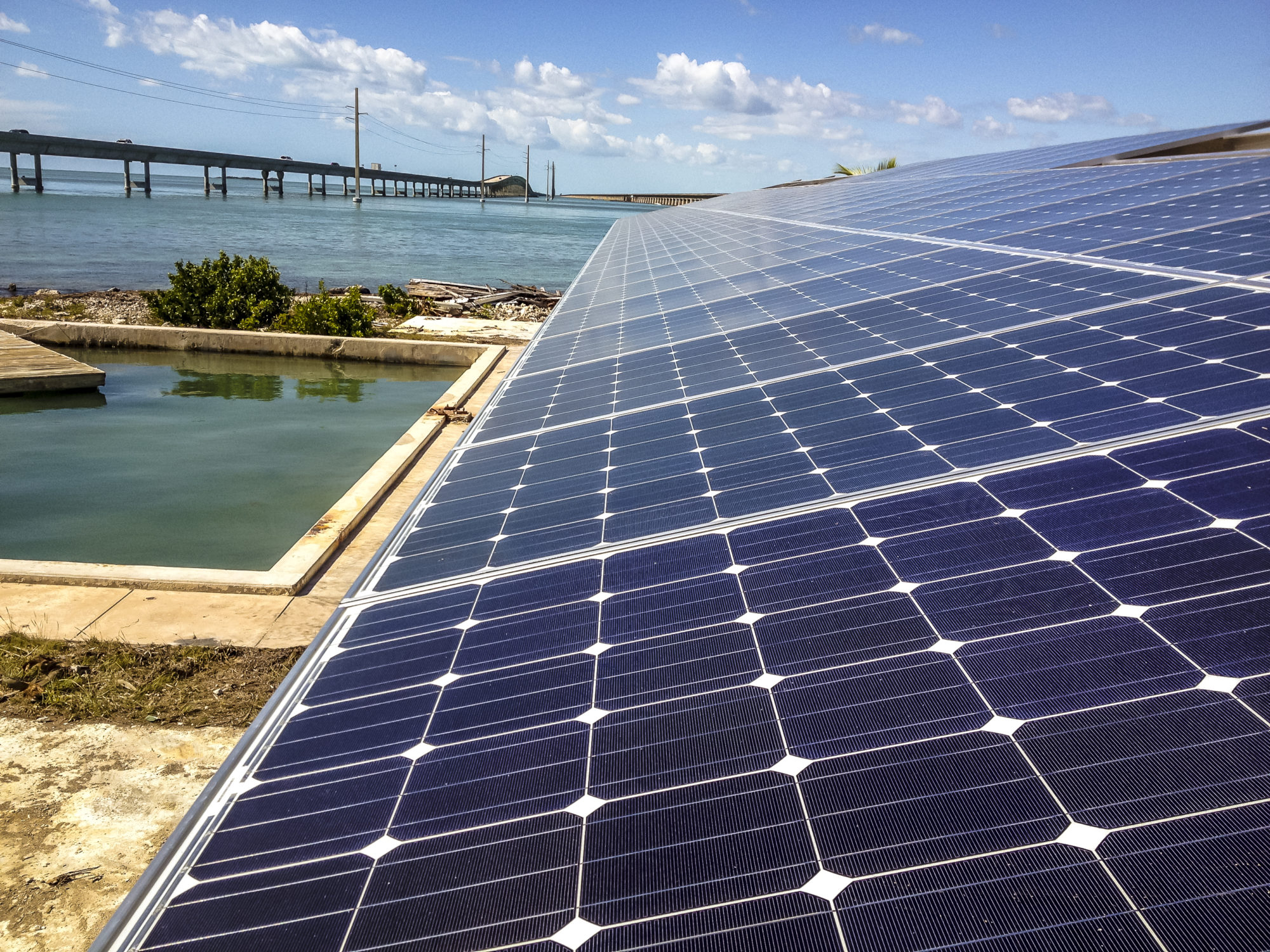Many global mining industries heavily rely on large quantities of electricity for their business to function. In a recent article, Pedro Da Silva, Business Development Manager Mining, Minerals & Metals at Schneider Electric argues that with mining houses finding themselves under obligation to adhere to new strict legislation, leaders must look towards utilising alternative energy solutions to reduce OPEX and stay in line with demanding regulation changes.
He adds: “Unreliable grids are placing mounting pressure on mining houses to adopt new, more sophisticated process and control equipment to ensure operations run at peak performance. To ensure there is no premature or frequent system failure, these new measures need high-power quality. What’s more, when new mine operations are designed and built, reliable electricity must be carried to these remote locations. This, coupled with electricity tariff increases, poses a significant challenge for mining houses when sourcing viable alternatives.”
Currently, many mining houses run their operations via fossil fuels such as diesel generators for their internal power sources. Da Silva: “They do this to counter grid instability and availability. However, mining houses are now taking steps forward to establish a hybrid energy model that incorporates renewable energy sources, such as solar and wind. But while hybrid energy models do represent progression towards a renewable energy posture, mining operations still depend on fossil fuels through generators and grid supply so they can meet operational demand.”
Da Silva argues that to sustainably capitalise on the affluence of natural energy sources, mining houses must integrate microgrids into their business processes, in turn benefitting from well-trusted and quality energy. Some of the cited benefits microgrids offer include:
- Utilising readily available renewable energy – capitalising on the abundance of energy such as wind and solar allows operations to become safer and more profitable
- Supporting the clean energy transition – battery energy storage systems (BESS) and other thermal and mechanical methods offer mining houses affordable, constant power sources
- Modern solutions – such as cloud computing, the Internet of Things, and data analysis, independently work to allow mining operations to control energy production and consumption
- Network reliability and flexibility improvements as a result of on-site energy from greener, more renewable sources
- Ensuring mining companies are on track to meet Environment, Social and Governance (ESG) targets and Sustainable Development Goals (SDGs)
Software and analytics Da Silva says will help mining houses capitalise on microgrids, ultimately helping them reach their sustainability goals. “Starting the decarbonisation journey – to truly decarbonise, it is essential for companies to gain insights into their energy visibility across the value chain to ascertain which power resources are being used. The combination of analytics and artificial intelligence (AI) instigates real-time decision-making through the data and insights they collect.”
When renewable energy generation reaches peak performance levels, digital twin technologies scan and model the traits of the mine (such as demand and load), clearing the way to shift operations accordingly. “This will ensure integrators, technology partners, and end-users are in dialogue, and that skills are best utilised to achieve synergy.”
On Schneider Electric’s specific role – it helps mines ensure energy reliability by digitising energy infrastructure that connects to the plant control and demand management process. Mines can optimise their energy resources usage based on availability and pricing, minimising emissions, and build capability to sell energy back to the grid with a holistic energy management strategy.
Da Silva told IM: “Schneider’s role is to be the preferred technological partner of the various stakeholders in this process. We offer multiple solutions from ‘copper to cloud’ to facilitate this process resulting in a higher resilience, as microgrids can generate and store power independently from any main power grid resulting in a resilient approach to maintaining power stability and easier management. We offer cloud-based microgrid management solutions such as EcoStruxure Microgrid Advisor, that provides a Human Machine Interface, as well as an attractive ROI, as lower renewable power generation prices make microgrids increasingly cost-effective to operate.”
He concludes: “Moving forward, mining houses must adopt more expansive solutions from microgrids to digital twin technologies to work towards decarbonisation and offer energy that is not only sustainable but also robust and reliable. The benefits of utilising on-site energy can transform not only the safety and scalability of operations but also the overall productivity of mining processes.”











